class: center, middle, inverse, title-slide # <p>Generative Hypergraph Clustering <br> From Blockmodels to Modularity</p> ### Phil Chodrow (UCLA)<br>Nate Veldt (Cornell)<br>Austin Benson (Cornell) ### <br><i>SINM, June 23rd 2021</i> --- <!-- This file was retrieved from file was retrieved from Danielle J. Navarro's repository "Robust Tools for Psychological Science" (https://github.com/djnavarro/robust-tools) */ --> <!-- layout: true --> <!-- <div class="my-footer"> --> <!-- <span> --> <!-- <a href="https://djnavarro.link/robust-tools" target="_blank">djnavarro.link/robust-tools</a> --> <!-- </span> --> <!-- </div> --> <!-- --- --> --- layout: true background-size: contain --- #### Generative hypergraph clustering: From blockmodels to modularities <br> <br> .pull-left-third[.pink-bg[ .centered-image[] .embolden[Nate] .embolden[Veldt] .small[ Math @ Cornell ]]] .pull-left-third[.yellow-bg[ .centered-image[] .embolden[Austin] .embolden[Benson] .small[ CS @ Cornell ]]] .pull-left-third[.blue-bg[ .centered-image[] .embolden[Phil] .embolden[Chodrow] .small[ Math @ UCLA ]]] <br><br> arXiv:2101.09611 <br> Forthcoming in *Science Advances* --- #### **Graph clustering** is a fundamental problem in network science. .centered-image[ 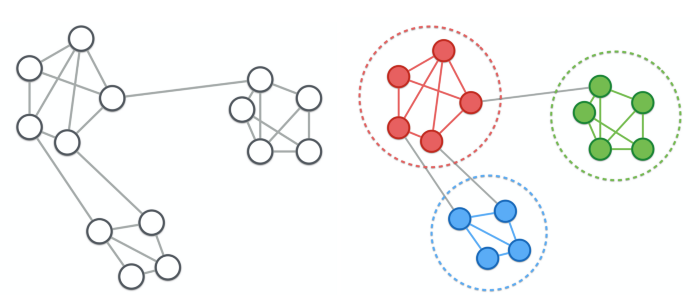 ] .midi[ .pink-bg[ .embolden[Problem]: find groups of "related" or "densely-interconnected" nodes. ] Applications in social network analysis, healthcare, \*omics,... ] .footnote[ *Image from Sebastian Dery, "Graph-based machine learning: part I" on [Insight Analytics](https://blog.insightdatascience.com/graph-based-machine-learning-6e2bd8926a0).* ] --- #### Many **real systems** have "higher-order" interactions that we can model with hypergraphs. .pull-left-wide[ .centered-image[ 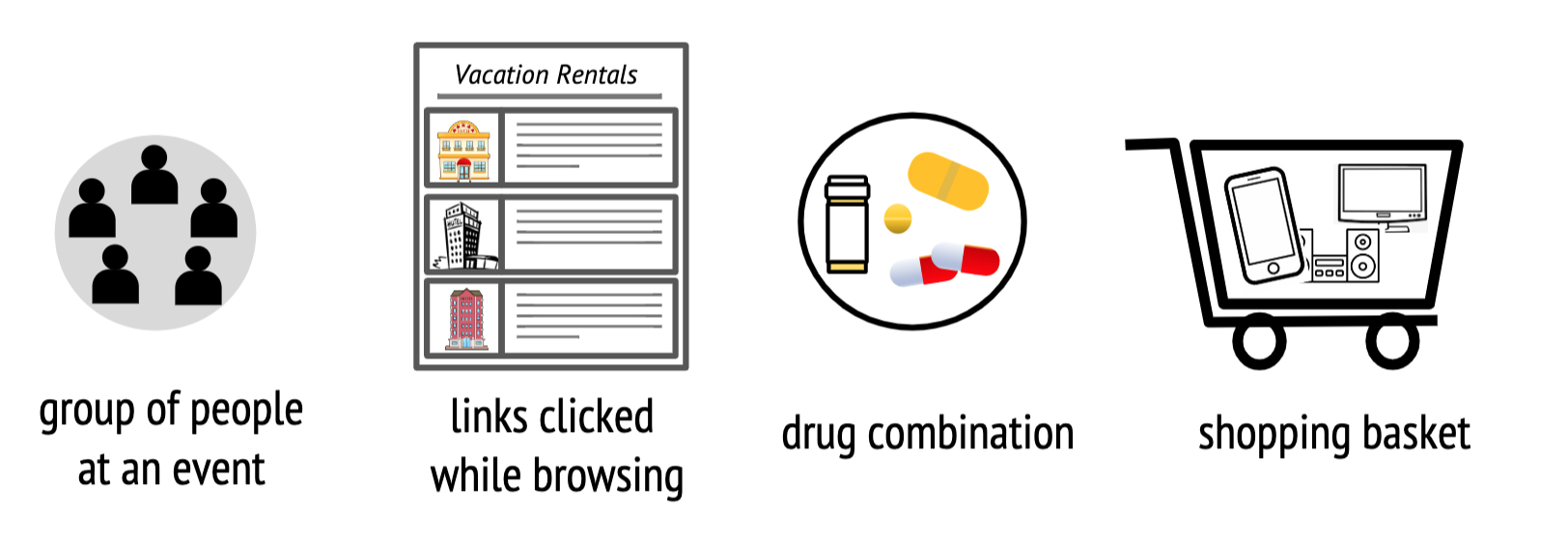 ] - **Nodes**: individual people/links/compounds/items. - **Hyperedges**: events/sessions/drugs/shopping trips. .footnote[ *Images: Nate Veldt, Wikipedia.* ] ] .pull-right-narrow[.centered-image[ <br><br><br> 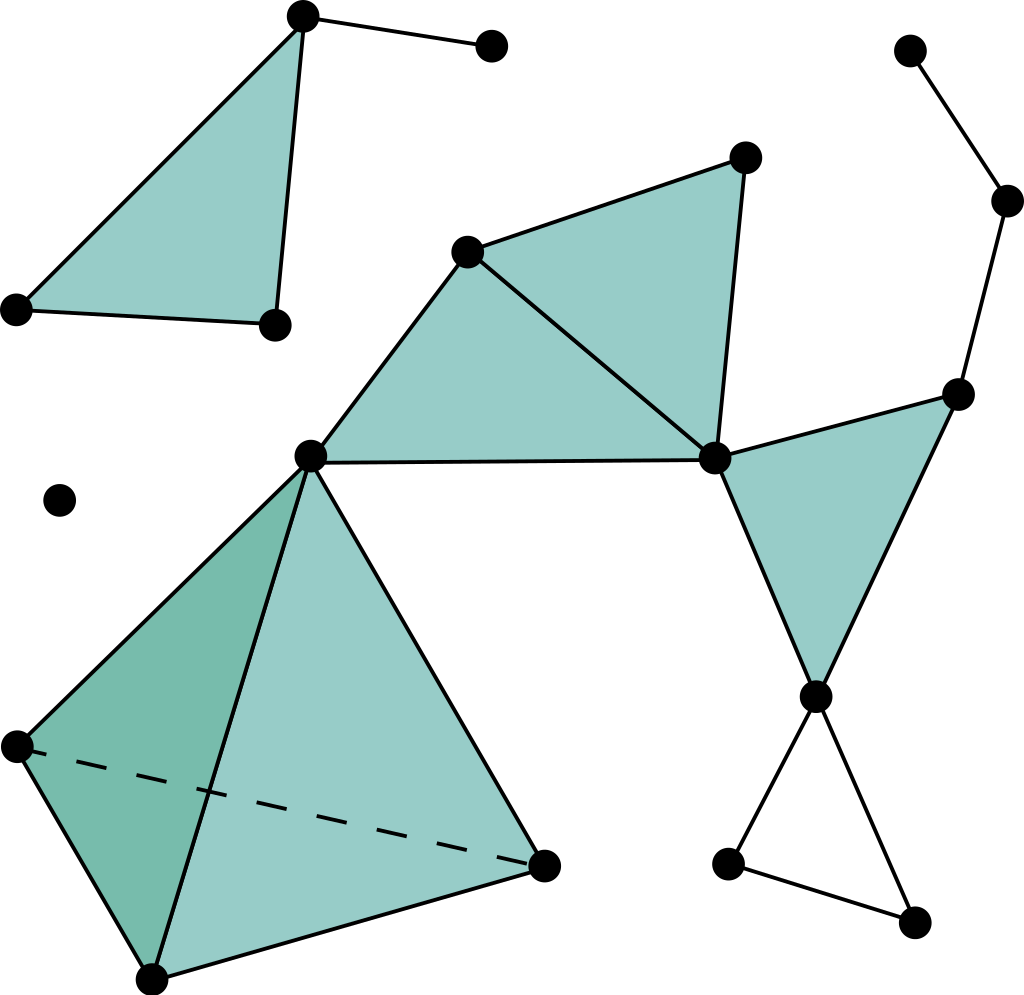 ]] --- class: #### **Key messages** for today. <br> <br> .pink-bg[ A generative approach to hypergraph modularity can lead to .embolden[interpretable objectives] and .embolden[fast algorithms]. ] .midi[<br>] .yellow-bg[ .embolden[Hypergraph] algorithms can succeed where .embolden[graph] algorithms necessarily fail. ] .midi[<br>] .blue-bg[ Performance depends on .embolden[matching the structural assumptions] of algorithms to data. ] --- #### We propose a heterogeneous **hypergraph degree-corrected stochastic blockmodel**. <br> <br> .midi[ .pink-bg[ `$$a_R \equiv \text{# of edges on tuple }R \sim \mathrm{Poisson}\left(\Omega(\mathbf{z}_R)\prod_{i \in R}\theta_i\right)$$` ]] - `\(\mathbf{z}\)` is the vector of node labels (clusters). - `\(\{\theta_i\}\)` are *degree* parameters. - `\(\Omega\)` is the *affinity function* that governs connections between different groups. - .embolden[Assumption]: `\(\Omega(\mathbf{z}_R) = \Omega(\mathbf{p})\)`, where `\(\mathbf{p}\)` is the partition vector of `\(\mathbf{z}_R\)` `\(\implies\)` all groups are statistically identical. .footnote[ Bernoulli variant proposed by Ke et al., "Community detection for hypergraph networks via regularized tensor power iteration." *arxiv:*:1909.06503, 2019 ] --- #### The parameters ** `\(\theta\)` ** and ** `\(\Omega\)` ** are easy to approximate. Approximate maximum-likelihood estimates: .pink-bg[ $$ `\begin{aligned} \hat{\theta}_i &\approx\text{degree of node }i \equiv d_i \\ \hat{\Omega}(\mathbf{p}) &\approx \frac{\text{# of hyperedges with partition } \mathbf{p}}{\sum_{\mathbf{y}: \mathbf{p}(\mathbf{y}) = \mathbf{p}}\prod_{y \in \mathbf{y}}y}\;. \end{aligned}` $$ ] *These approximations are exact when all clusters have the same sum-of-degrees*. .footnote[ Zhang + Peixoto, "Statistical inference of assortative community structures." *PRR*, 2020] --- #### Optimization over `\(\mathbf{z}\)` leads to a **modularity-type objective.** <br> <br> .pink-bg[ $$ `\begin{aligned} Q(\mathbf{z}, \Omega) &\equiv \sum_{\mathbf{p}}[ \Omega(\mathbf{p}) \textbf{cut}_\mathbf{p}(\mathbf{z}) + \log \Omega(\mathbf{p}) \textbf{vol}_\mathbf{p}(\mathbf{z})] \\ &\approx \mathcal{L}(\mathbf{z}, \Omega, \mathbf{d}) + \text{constants w.r.t. } \mathbf{z} \end{aligned}` $$ ] $$ `\begin{aligned} \textbf{cut}_\mathbf{p}(\mathbf{z}) &\equiv \text{# of hyperedges with partition } \mathbf{p}\\ \textbf{vol}_\mathbf{p}(\mathbf{z}) &\equiv \sum_{\mathbf{y}: \mathbf{p}(y) = \mathbf{p}} \prod_{y \in \mathbf{y}} \textbf{vol}(y) \end{aligned}` $$ We call `\(Q(\mathbf{z}, \Omega)\)` a **symmetric hypergraph modularity.** --- #### The **All-Or-Nothing** modularity is an important special case. Consider an edge `\(e\)` of `\(k\)` nodes. Suppose: `$$\Omega(\mathbf{z}_e) = \begin{cases} \omega_{k1} &\quad e \text{ has homogeneous labels} \\ \omega_{k0} &\quad \text{otherwise}\;. \end{cases}$$` .midi[ .gray-bg[ $$ Q = \sum_k \color{#0F4C81}{\beta_k} \left[\text{# homogeneous }k\text{-edges} - \color{#ec7a39}{\gamma_k}\sum_j \textbf{vol}(j)^k\right] $$ ]] .footnote[ Derivation follows Newman, "Equivalence between modularity optimization and maximum likelihood methods for community detection." *PRE*, 2016 Generalizes Kamiński et al., "Clustering via hypergraph modularity." *PLoS ONE*, 2019] --- #### These parameters are **interpretable** and can be **estimated from data.** <br> <br> .midi[ .gray-bg[ $$ Q = \sum_k \color{#0F4C81}{\beta_k} \left[\text{# homogeneous }k\text{-edges} - \color{#ec7a39}{\gamma_k}\sum_j \textbf{vol}(j)^k\right] $$ ]] `\(\color{#0F4C81}{\beta_k} \equiv \log \omega_{k1} - \log \omega_{k0}\)`. - .blue[**Size parameters**] control importance of edge sizes. `\(\color{#ec7a39}{\gamma_k} \equiv \frac{1}{\beta_k}(\omega_{k1} - \omega_{k0})\)`. - **.orange[Resolution parameters]** control number of clusters --- #### Nate wrote efficient **hypergraph maximum-likelihood Louvain** (HMLL). <br> <br> .pink-bg[ 1. All nodes start in their own cluster. 2. Greedily agglomerate nodes to maximize modularity. 3. Then, greedily agglomerate entire .embolden[clusters] of nodes. 4. Estimate parameters `\(\Omega\)` and `\(\{\theta_i\}\)`. 5. Repeat! ] Works for general assortative `\(\Omega\)`, **highly scalable** for All-or-Nothing `\(\Omega\)` due to algebraic simplifications. .footnote[Based on Blondel et al. "Fast unfolding of communities in large networks." *J. Stat. Mech.*, 2008] --- .midi[ #### **Detectability thresholds**: hypergraph methods can succeed where graph methods fail. ] .centered-image[ 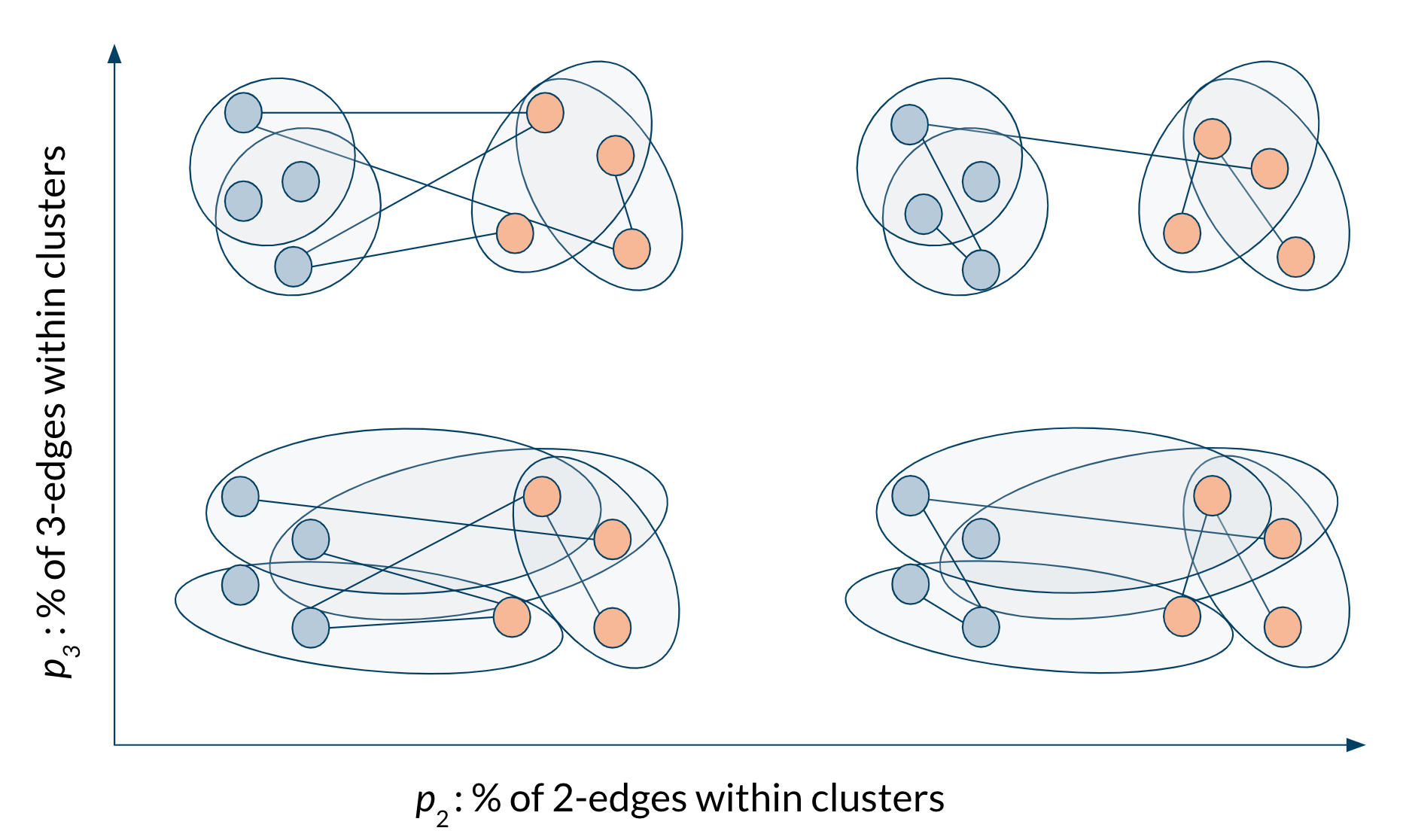 ] --- background-image: url(img/detectability.png) background-size: contain .midi[ #### **Detectability thresholds**: hypergraph methods can succeed where graph methods fail. ] .footnote[See Abbe, "Community Detection and Stochastic Block Models: Recent Developments." *JMLR*, 2018 for a review in graphs.] --- #### We compared graph and hypergraph methods on **school contact hypergraphs**. .centered-image[ 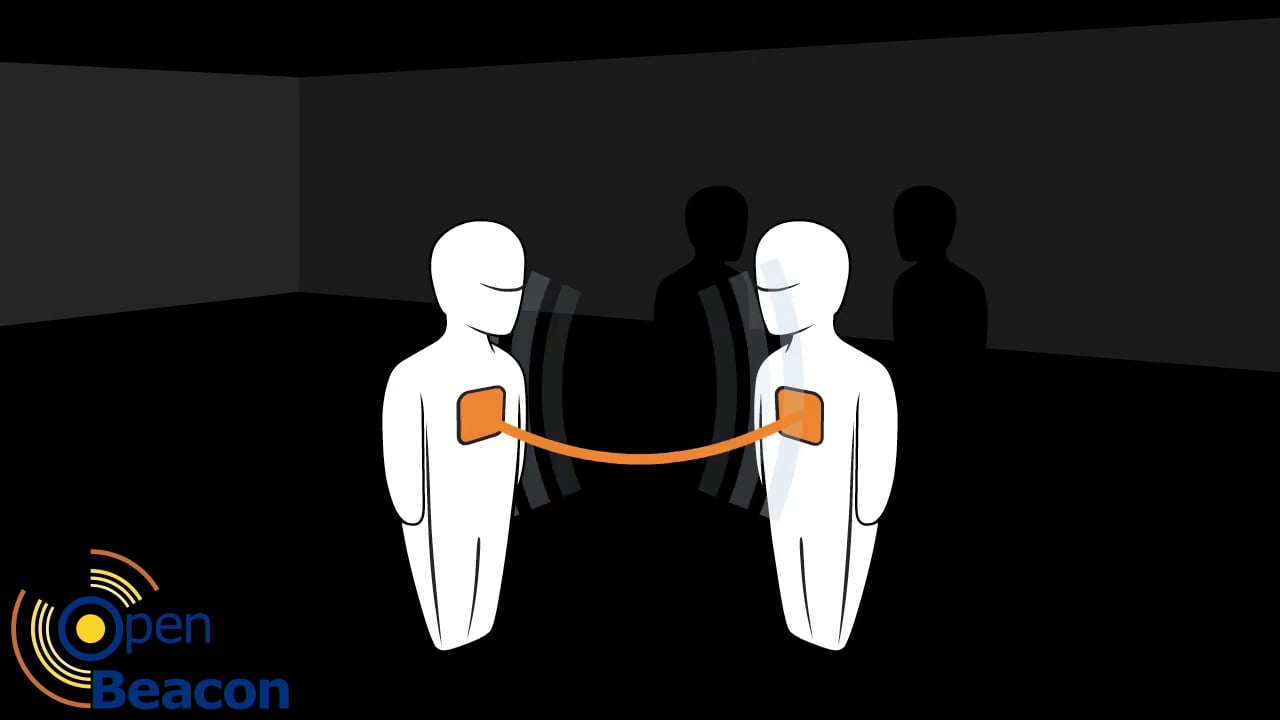 ] .footnote[ Stehlé et al. "High-resolution measurements of face-to-face contact patterns in a primary school." *PLoS ONE*, 2011 Mastrandrea et al. "Contact patterns in a high school: a comparison between data collected using wearable sensors, contact diaries and friendship surveys." *PLoS ONE*, 2015 ] --- background-image: url(img/contact-clustering.png) background-size: contain --- background-image: url(img/recovery_experiments.png) background-size: contain --- #### Performance of algorithm is closely tied to higher-order **structure of data**. *BIC of data under two choices of `\(\Omega\)`, lower is better.* .midi[ | | AON `\(\Omega\)` | Pairwise `\(\Omega\)` |-----------------------------|-----------:|-----------:|-------------:| | `contact-primary-school`* | **2.2003** | 2.2003 | `\(\times 10^5\)`| | `contact-high-school`* | **4.1954** | 4.1954 | `\(\times 10^5\)`| | `trivago-clicks`* | **1.6854** | 1.6960 | `\(\times 10^8\)`| | `walmart-purchases` | 1.0763 | **1.0758** | `\(\times 10^6\)`| | `house-bills` | 9.9719 | **9.9670** | `\(\times 10^6\)`| | `senate-bills`* | **3.1925** | 3.1925 | `\(\times 10^6\)`| ] --- #### What we learned <br> <br> .pink-bg[ A generative approach to hypergraph modularity can lead to .embolden[interpretable objectives] and .embolden[fast algorithms]. ] .midi[<br>] .yellow-bg[ .embolden[Hypergraph] algorithms can succeed where .embolden[graph] algorithms necessarily fail. ] .midi[<br>] .blue-bg[ Performance depends on .embolden[matching the structural assumptions] of algorithms to data. ] --- #### There's still a **lot more to do**... <br> <br> <br> 1. Alternative **inference frameworks** for DCHSBM: - Bayesian Monte Carlo. - Belief propagation. - Alternative greedy heuristics. 2. **Faster algorithms** for general affinity functions `\(\Omega\)`. 3. Mathematical understanding of the **information-theoretic limits** of hypergraph inference frameworks. 4. [Insert **your cool idea** here]. --- background-image: url(img/arxiv.png) background-size: contain ## The Preprint <br> <br> <br> <br> <br> <br> <br> <br> <br> <br> <br> <br> Forthcoming in *Science Advances*. --- #### Thanks! <br> <br> .pull-left-third[.pink-bg[ .centered-image[] .embolden[Nate] .embolden[Veldt] .small[ Math @ Cornell ]]] .pull-left-third[.yellow-bg[ .centered-image[] .embolden[Austin] .embolden[Benson] .small[ CS @ Cornell ]]] .pull-left-third[.blue-bg[ .centered-image[] .embolden[Phil] .embolden[Chodrow] .small[ Math @ UCLA ]]] .midi[ .hidden[d] <br> **Funding**: ARO MURI, NSF, and JP Morgan Chase & Co. ] --- class: section, middle, right # Supplementary Slides --- #### There are **other approaches** to modularity in hypergraphs! .midi[ <br> **Kaminski et al.** "Clustering via hypergraph modularity." *PLoS ONE*, (2019) - Defines modularity by comparison to a null random hypergraph. - We derive this one as a special case, and add resolution parameters. **Kumar et al.** "Hypergraph clustering by iteratively reweighted modularity maximization." *Applied Network Science*, (2020) - Combines graph modularity with an adaptive penalty for imbalanced hyperedge splits. - Seems to work well! Not directly connected to a generative model. ] --- background-image: url(img/performance.png) background-size: contain #### We can retrieve correlated partitions on synthetic hypergraphs of **1M nodes**. <br> <br> <br> <br> <br> <br> <br> <br> <br> <br> <br> Hypergraph Louvain is roughly as fast as dyadic projection + graph Louvain. --- background-image: url(img/contact-parameters.png) background-size: contain #### **Parameter estimates** help us understand how AON HMLL succeeds in this case. --- #### More data!<br><br> `trivago-clicks` .midi[ - Edges are online browsing sessions on `trivago.com`, nodes are hotels clicked on by users. ] `walmart-trips` .midi[ - Edges are shopping trips, nodes are items purchased in the same trip. ] `house-bills` + `senate-bills`: .midi[ - Edges are bills in the 103-117th U.S. Congresses, nodes are legislators. ] --- #### More data!<br><br> | | `\(n\)` | `\(m\)` | `\(<d>\)` | `\(<k>\)` | |---------------------|-----:|-----:|------:|----:| | `trivago-clicks` | 171K | 221K | 4.0 | 4.2 | | `walmart-purchases` | 89K | 66K | 5.1 | 6.7 | | `house-bills` | 1K | 43K | 274.0 | 9.5 | | `senate-bills` | 0.3K | 20K | 406.3 | 7.3 | `trivago` and `walmart` have lots of singletons, so we took progressively denser cores and studied the behavior. .footnote[Data on Austin's website! [https://www.cs.cornell.edu/~arb/data/](https://www.cs.cornell.edu/~arb/data/)] --- background-image: url(img/recovery-timings.png) background-size: contain